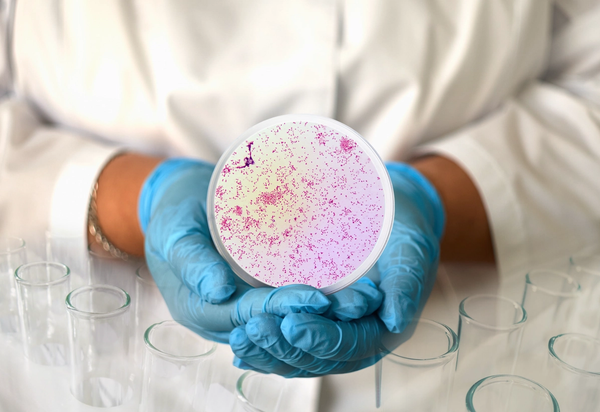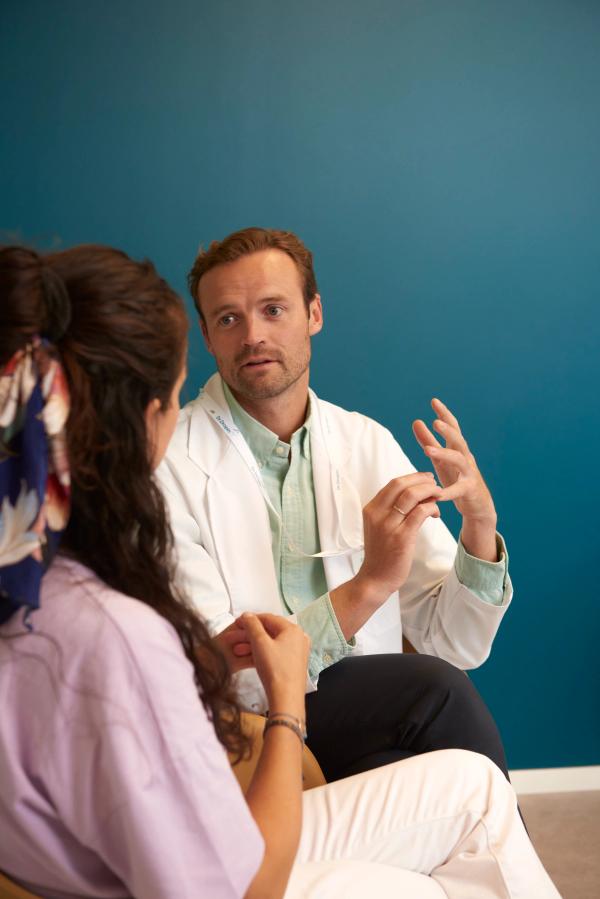Gonorrhea
Gonorrhea – Causes, Symptoms and Treatment
Gonorrhea is a sexually transmitted infection caused by the bacterium Neisseria gonorrhoeae that causes disease in the genitals, rectum, throat or eye. The disease is transmitted through unprotected sex. It can also be transmitted from mother to infant during birth. The incidence of gonorrhea in Norway is increasing, particularly among men who have sex with men. Gonorrhea is very common worldwide and much of the infection in Norway originates from abroad. The symptoms can vary and often it causes little or few symptoms. Therefore, the bacteria spreads easily. Untreated, gonorrhea can cause infertility and is therefore important to treat.
We now offer a home test that can detect both chlamydia and gonorrhea. Order at home and receive an answer between 3-7 working days.
Order home testSee available appointments


